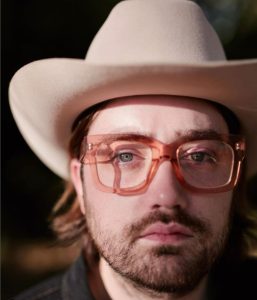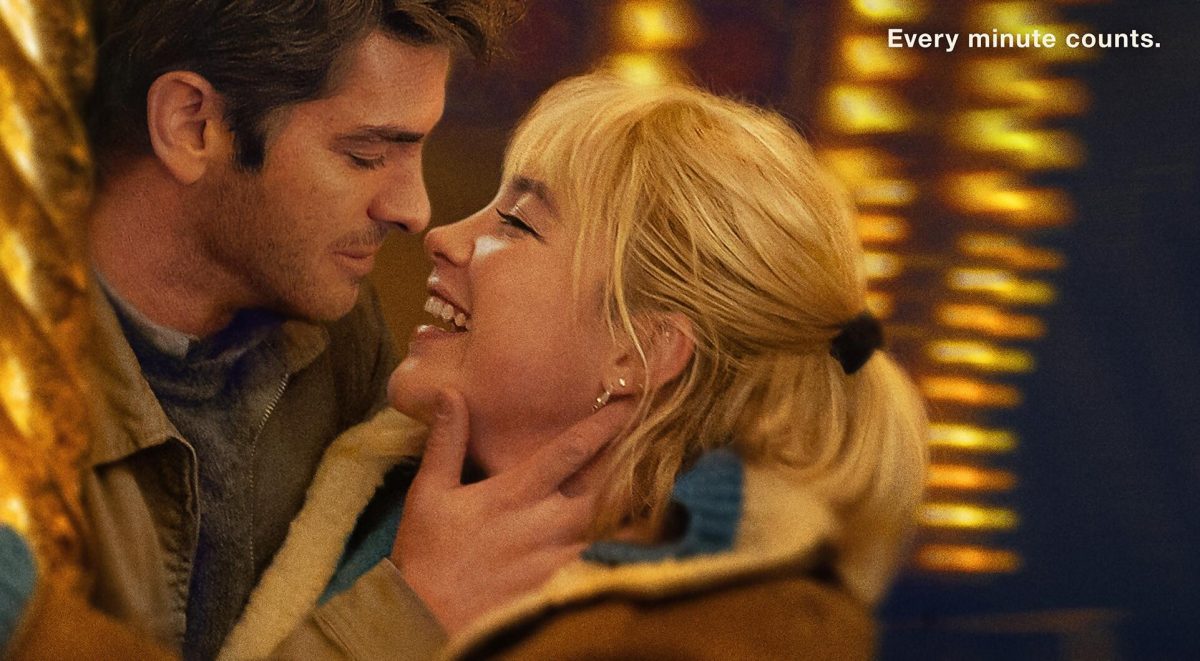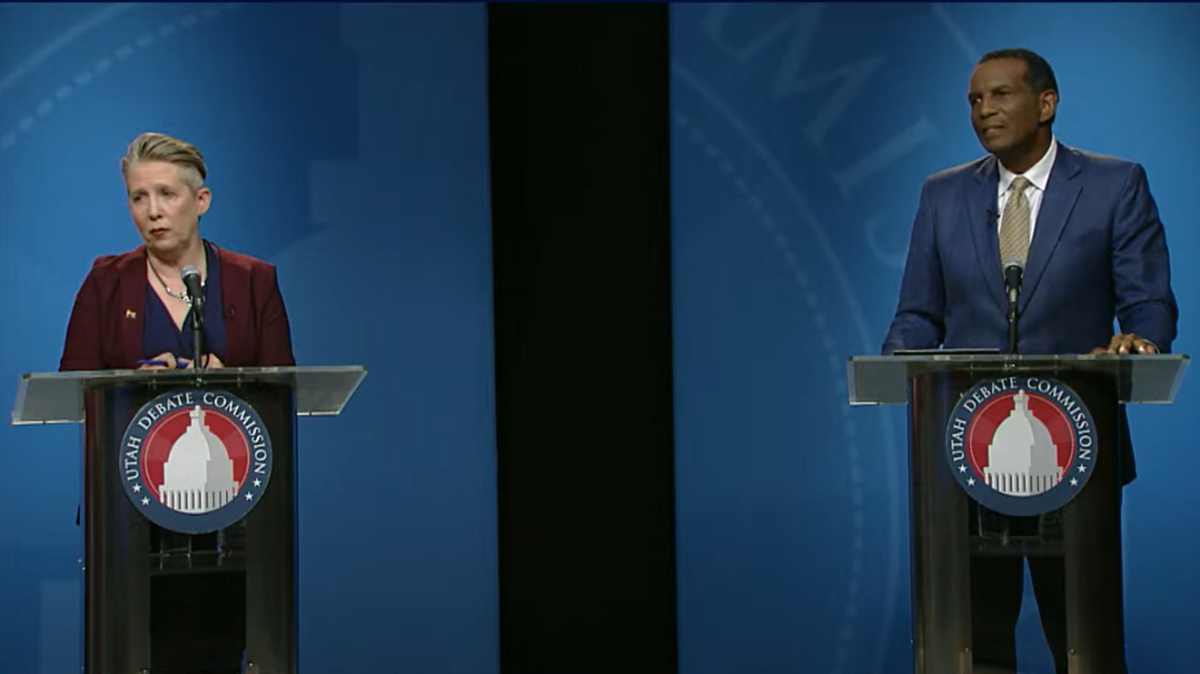Hopkins: The Chronicle Has More in Common with Art History Than You’d Guess
May 3, 2023
While a personal friend, Dylan Turk is speaking solely in his professional capacity as a museum curator.
This article is going to deviate a bit from the typical Chrony writing style. You see, as this is our farewell issue, the graduating collegiate staff are encouraged to write this piece in first person. My journalistic brain, which is trained to remain unbiased and fully objective, is equally thrilled and full of nerves at this opportunity.
Find a Way to Meld Your Passions Together
As is the case with approximately 80% of college students, I am not graduating in the major I declared as a freshman. In fact, I would say I changed my major even earlier than the average student. The main reason for this was the trouble I encountered with deciding on a career path that would both serve my professional goals, and incorporate my passions. First, there was creative writing, then came studio art. As a painter and poet in my personal life, these felt like natural paths, but when it came down to the idea of monetizing my private passions, I was uncomfortable with the thought. Following this came an odd period of going drastically the opposite way (I’m looking at you, lost semesters of nursing school). It wasn’t until a visit with a lifelong friend that I encountered a path that felt truly right.
My dear friend, Dylan Turk, was freshly out of school with an Art History degree, working at Crystal Bridges Museum in Bentonville, Arkansas. I was able to experience the museum the way I wish everyone could. Dylan privately guided me from one gallery to the next eloquently and honestly diving into the stories behind his favorite works. With each exploration, a new facet of what it means to be human was unveiled. My love of art, artists and the way the two are able to connect humanity blossomed tenfold on that trip. I came back home refreshed and inspired to pass on this gift I was given.
I began my Art History education at the University of New Orleans and then transferred to the University of Utah. It wasn’t until the summer before my senior year that I heard the Chronicle was looking for writers for the arts desk. I hesitated to apply, as I was unsure of how this would bolster my career prospects in the art world. My wife, ever wise, encouraged me to pursue the opportunity as a way to meld my passions together.
Not only has being a contributing writer for the arts desk allowed me to explore two of my loves simultaneously, it has also given me insight into the arts that I would otherwise not have access to. It has been a dream come true to be given the opportunity to speak with professors, artists, museum directors and curators. The common thread woven throughout each of these interactions is the same one that pulled me into the field. Each interview, exhibition and concert covered has underpinned the multitude of ways in which art allows us to examine our universal connectedness. Art is the vessel through which the pain and beauty that comes with being a living being on this earth can be processed and examined. Art allows the viewer and the artist to commune across barriers of class, race and time. Writing about these experiences has allowed me to convey this magic to others, and has served as a personal reminder of the vitality inherent in artistic practice.
How to Utilize Your Education

So, when we were tasked with incorporating an interview into this article, I immediately thought of Dylan, who was the catalyst for this journey of mine. Dylan’s resume boasts impressive titles such as serving as the special projects editor of architecture and design at Crystal Bridges Museum of American Art, as well as his current role as Curator and Co-Founder of KIN.
KIN is an art advisory and curatorial agency Turk founded with his mother and business partner, Christie Turk. Because of his experience both in traditional and new-fashioned positions within the field, I was curious to get some further insights into how much Turk is able to utilize his art history education.
“My education showed me how to prepare, research, and teach myself about things I’m unfamiliar with,” Dylan said. “Knowing how to learn and formulate opinions is something I use every day. It is way more than analyzing artists or time periods. It is about formulating a thought based on fact and communicating it effectively. That is critical in the real world.”
The mention of analyzing artists or time periods reminded me of some personal negative feedback I’ve received when discussing my own art history education. To many, the study of art history is merely an examination of the past, which can feel disconnected from our daily lives. On the contrary, the study of art history, while of course interested in the past, is very much involved with the here and now.
“Knowing where we came from — or more importantly the story we’ve been told about where we came from — is crucial to understanding how people think, feel and understand what is in front of us today,” Dylan said. “Now, more than ever before, artists are using their canvas or hammer to examine the past, to question it.” Turk remarked on artists such as Titus Kaphar, who reimagines historical works in his own practice to examine what has been omitted from our history and, more specifically, his history as an African American.
We All Have a Story to Tell
The virtuosity of storytelling, through, and around art is at the core of my own education, my time with the Chronicle, and an inspiration for the future. I feel very certain if more people had the time and opportunity to learn the stories behind artworks, to see them as more than pretty objects, that our world would change for the better.
Naturally I was interested in how effectively Dylan has seen this play out in a museum setting. Dylan recalled a memory of seeing the story behind a work forever alter those who heard it. As he tells it, he was giving a tour to a group of collectors through CBMAA, and after some back and forth banter in their differing areas of art expertise, they came across the work of Vanessa German.
Dylan told the collectors the story of German’s found item sculptures. In pursuit to do something for her community which was plagued by rampant crime, German opened her home to students looking for safety, community and hope. For the kids to gain admission to what is now referred to as “Art House” students needed only to bring found items, garbage really, with which they created works, many of which were totems of hope.
“Vanessa and those kids made all the sculptures we were standing in front of,” Dylan said. “With each element they said a prayer that they would survive until the next day to add another element to the piece. Each nail and brushstroke was a prayer. A hope from an eight-year-old to survive their walk home from school.”
Dylan saw and felt the impression this story left on those in the room. They were no longer a group discussing important works, they were individuals each relating to a story in a powerful way.
“What is always true though, is that we must remember that people who had lives and desires and pains made the works we look at and study,” Dylan said. “People made them.”
Hearing this story in discussion with Dylan was the bookend to my career with the Chronicle I didn’t realize I needed. I hope, like me, that remembering art history is a culmination of raw human emotion inspires you, not only around art, but around people you encounter. Everyone has a story to tell.







